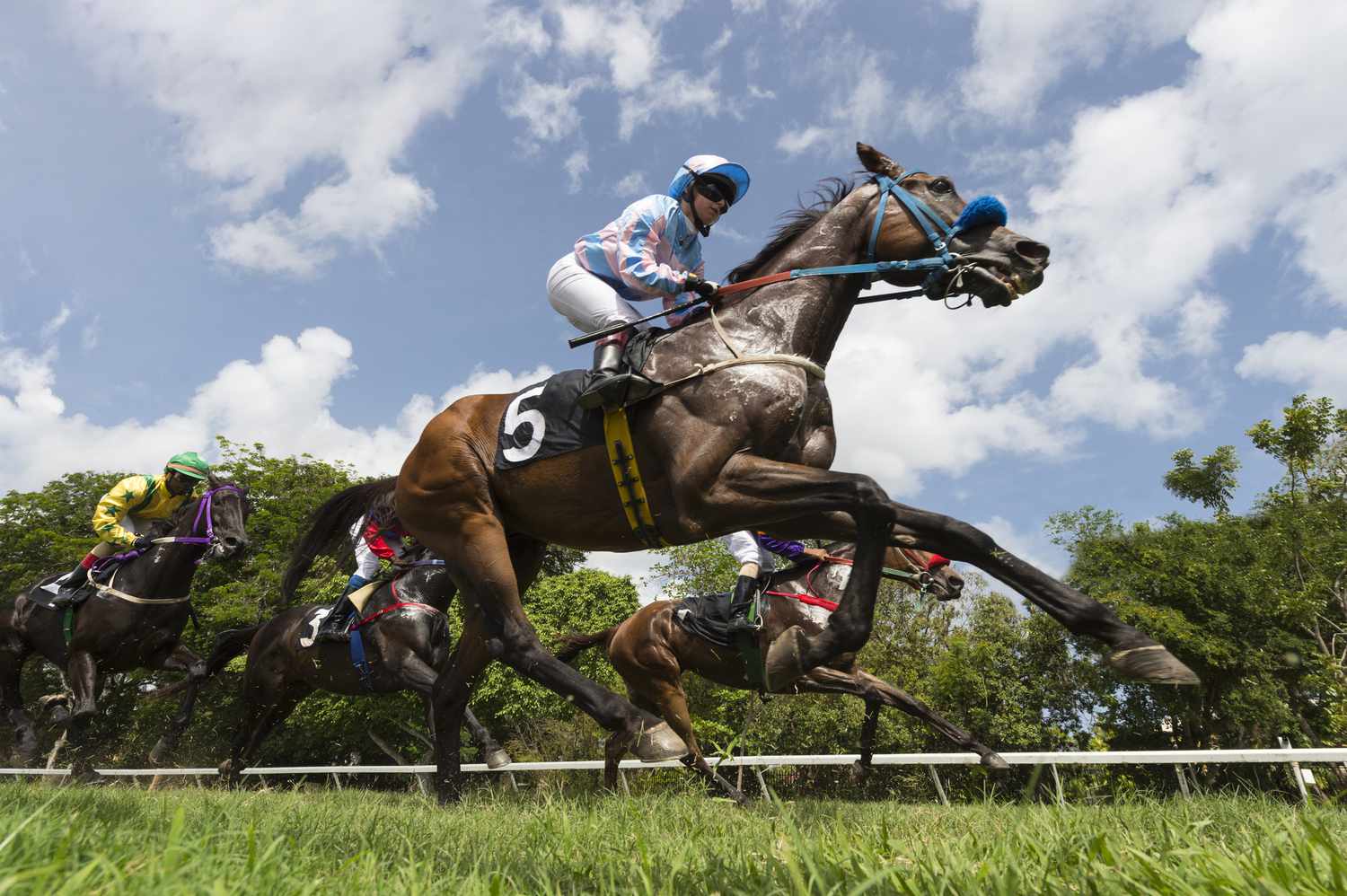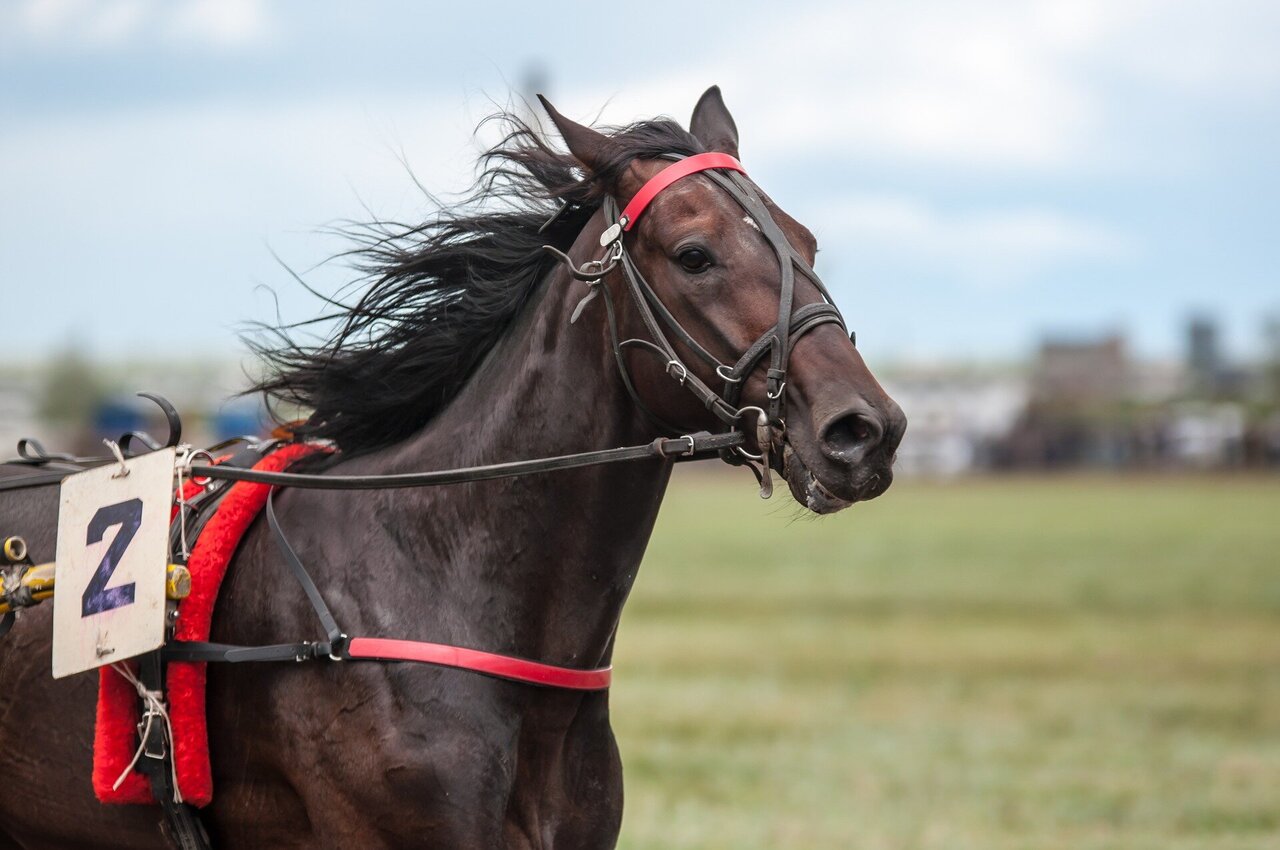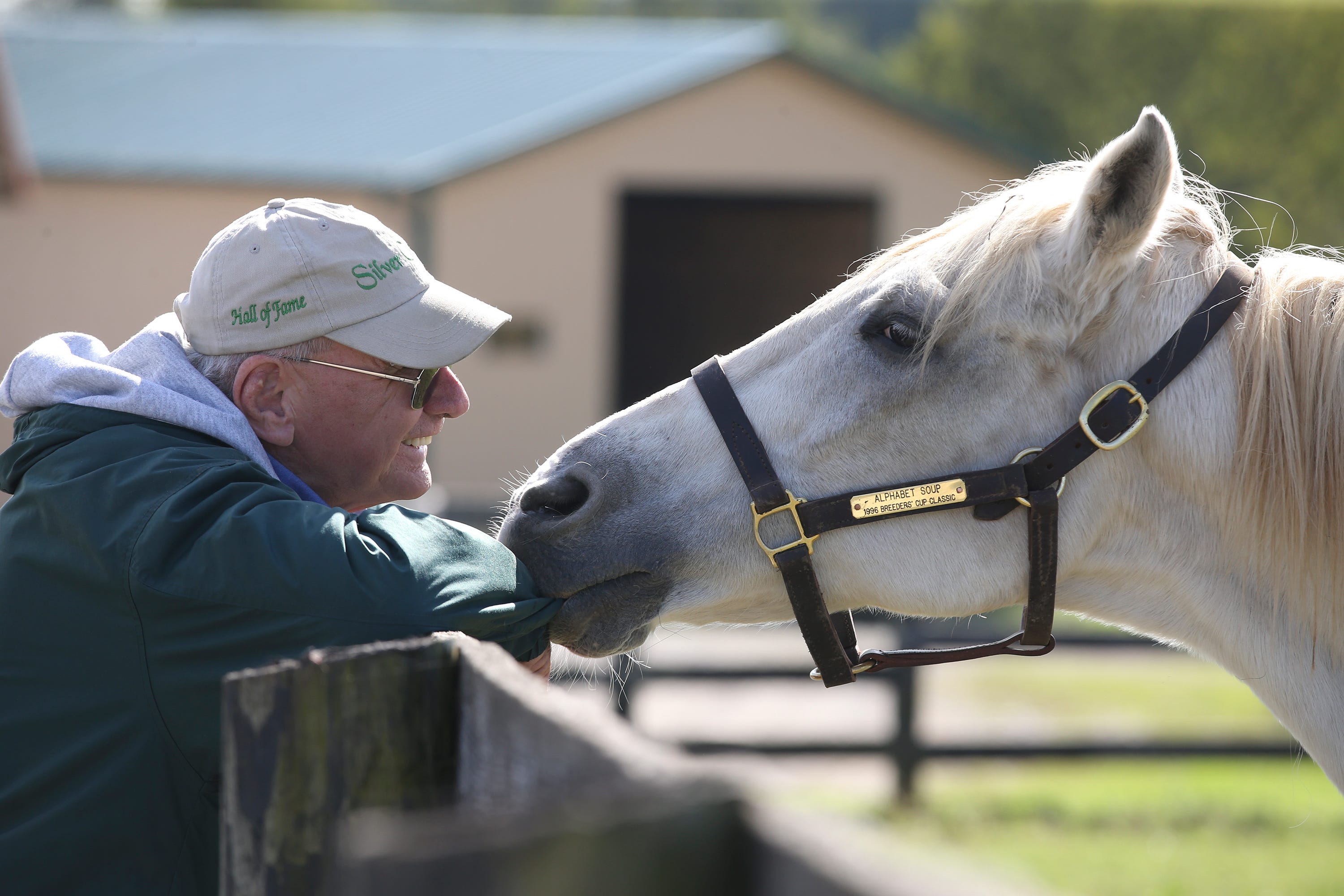Race Horse Age: Understanding the Life Cycle of a Racehorse

Introduction to Race Horse Age
The age of racehorses is a topic shrouded in much fascination and curiosity. These equine athletes embark on their careers at an incredibly young age and reach their prime just a few years later. In this comprehensive exploration, we will delve into the various stages of a racehorse’s life, from foal to full-fledged racer, and eventually, into retirement.
Understanding the lifespan of racehorses is crucial for both fans of the sport and those involved in the industry. To encapsulate the typical age-related milestones:
- Flat racehorses often start their careers at two years old and may retire by age four or older.
- Jumps horses typically commence racing at four years old and can continue until they are 12 or beyond, with their prime falling between seven and ten years.
- Thoroughbreds are generally raced as two and three-year-olds, though some compete as young as one year and nine months.
- The average horse’s peak racing age is around 4.45 years.
When Do Race Horses Start Racing?
The starting gate for a racehorse’s career is often earlier than many would expect. Thoroughbred racehorses typically begin racing between two to three years old, a fact that is steeped in tradition and breeding cycles. This early start is essential for those aiming for prestigious contests like the Triple Crown, which requires participants to be three-year-olds.
Peak Performance Age for Racehorses
While thoroughbreds may start their racing careers early, they usually reach their peak performance age at four or five years old. This period is when they demonstrate their full potential and compete for the highest prize money. Notably, this peak age can vary between horses that run on flat surfaces and those that compete in jumps racing.
Equine Aging Process
The equine aging process is quite distinct from humans. Horses mature faster, and their racing suitability is determined at a younger age. By the time a thoroughbred turns four or five, their skeletal system has fully developed, and their growth plates have transformed into solid bone.
Horse Racing Career Progression and Retirement Planning

Every racehorse undergoes a unique journey from its early days to the time it retires. This path is meticulously planned to capitalize on the horse’s developmental stages, balancing their physical growth and psychological readiness for the demands of the racetrack.
From Weaning to Training: The Formative Years
During the formative years, from weaning as foals to becoming yearlings, these future racers learn essential life skills. This stage is critical for their future training and involves a thorough assessment of their health and growth to ensure they receive the required nutrition and care.
Training Regimens: Building the Foundations for Racing
The journey towards becoming a racer intensifies with structured training. Young horses learn to carry a rider, obey commands, and become familiar with the racetrack environment. The training approach is tailored to nurture their capabilities while safeguarding against potential injuries.
Considerations for Race Horse Career Duration
Various factors, including pedigree, health status, and race frequency, affect the duration of a racehorse’s competitive life. Some may retire earlier, while others continue to compete at a high level, demonstrating longevity in their racing careers.
Planning for Life Beyond Racing
When racehorses conclude their time on the track, they often transition into new roles. This phase requires careful planning to ensure a seamless shift into activities such as breeding or other equestrian disciplines.
Life Stages and Training Milestones
- Foals (0-1 year): Early life and weaning
- Yearlings (1-2 years): Preparatory training and growth monitoring
- Breakers (2-3 years): Basic training and acclimation
- Racers (3+ years): Active competition and peak performance
- Veterans (Varies): Experienced racers with potential for continued success
Adapting to Career Phases
As horses move through their career phases, their progress is closely monitored to optimize their performance and well-being. This ensures they are competing at levels suitable to their abilities and stage of life.
Ensuring Milestones Are Met
Continuous evaluation of racehorses is critical to identify when they are ready for the next phase of their careers. These evaluations help decide the proper time for a horse to retire from racing and begin preparing for their subsequent role.
Second Careers for Retired Racehorses
As these equine athletes reach the age suitable for retirement from racing, they embark on new ventures that can be equally rewarding. The adaptability of racehorses allows for a diverse array of post-racing opportunities.
Navigating Standardbred Racehorses from Racing Vigor to their Twilight Years

The progression of standardbred racehorses through their careers is both deliberate and nuanced. From their early years of intensive preparation to their ultimate retirement, standardbreds are nurtured to achieve their full potential while maintaining their health for a sustained quality of life. Known for their longevity in harness racing, standardbreds often enjoy extended competitive careers, thanks to the combined efforts of those who breed, train, and care for them.
Charting the Standardbred’s Extended Competitive Journey
Standardbreds distinguish themselves in the harness racing arena with their notable endurance and stamina. Launching their careers in their youth, they often maintain their competitive edge for a considerable duration, reflecting the breed’s hardiness and the comprehensive care they receive throughout their lives.
- Standard starting age in harness racing: 2 to 3 years old
- Age range for peak competition: 4 to 9 years old
- Possibility of an extended tenure on the track: Some may compete until 15 years or older, health and performance permitting
Transitioning with Care: Life After the Finish Line
As racehorses transition from the exhilaration of competition to a tranquil retirement, meticulous planning is essential to ensure their well-being. Aftercare programs play a pivotal role in redefining retired racehorses’ lives, offering them the opportunity to adapt to a new pace of life and succeed in different arenas.
Essential Elements of Aftercare for Racehorses
- Repurposing skills: Retired racehorses often adapt to various equestrian disciplines, demonstrating their versatility and talent beyond the racetrack.
- Healing and recovery: Aftercare facilities provide medical care and rehabilitation for those who have experienced injuries, ensuring their comfort and recuperation.
- Seeking new homes: Dedicated efforts are made to place retired racehorses in nurturing environments where they can receive the attention and companionship they have earned.
Inspirational Outcomes for Retired Competitors
The resilience and capability of racehorses are evident in the success stories of those who have embraced new roles post-retirement. These accounts serve as a testament to the horses’ adaptability and the unwavering commitment of the equine community to their long-term welfare.
| Former Racer | Subsequent Endeavor |
|---|---|
| Accomplished Leaper | Competing in Show Jumping |
| Amiable Behemoth | Assisting in Therapeutic Riding |
| Swift Ex-Racer | Participating in Eventing |
For these equine athletes, retirement paves the way to diverse and fulfilling experiences. With appropriate care and guidance, the post-racing phase can be as enriching as their days on the track, underscoring the importance of aftercare in shaping their futures.
Factors Impacting Racehorse Retirement

The decision to retire a racehorse involves a nuanced analysis beyond just chronological age. It encompasses assessing the horse’s health, track performance, and potential for a second career. This approach to retirement is tailored to each horse, taking into account its unique circumstances and prospects for a rewarding post-racing life.
Indicators of a Horse’s Retirement Timing
Identifying the appropriate moment for a horse to retire from racing is a careful process. Some horses may demonstrate the capacity to race into their later years, while others might exhibit signs that suggest an earlier retirement would be beneficial. It’s essential to recognize and act upon these indicators to maintain the horse’s welfare.
Opportunities Following Competitive Life
Upon retiring, racehorses can engage in a variety of new pursuits. The industry’s growing commitment to their ongoing welfare has expanded the range of post-racing opportunities for these horses, which now includes activities that are less physically demanding and more suited to their individual needs and dispositions.
Genetic and Health Factors in Racing Longevity
A racehorse’s lineage may play a role in its racing durability and its quality of life after retirement. In addition to genetics, specific health challenges can influence when a horse should retire, often providing a more accurate indicator than age alone.
Transitioning to Retirement with Care
Facilitating a smooth transition into retirement is crucial for racehorses. Adequate nutrition, healthcare, and a peaceful environment are key components in ensuring retired racehorses maintain a high quality of life.
Re-education for New Roles
Retraining racehorses for new roles is a delicate process that demands a comprehensive understanding of equine behavior. This retraining is crucial for the horse’s adjustment to a calmer lifestyle and different types of activities.
Proactive Health Management
Keeping an eye out for conditions commonly associated with aging in horses is vital for their well-being. Early detection and management of such conditions are essential to provide the necessary care for retired racehorses.
Support Systems for Retired Racehorses
The racing industry, together with welfare organizations and adoptive owners, is bolstering support for retired racehorses. These partnerships help provide the resources and care needed for these animals to enjoy their retirement years.
Financial Aspects of Racehorse Aftercare
Planning for the financial aspects of a racehorse’s retirement is an integral part of the retirement process. Innovative approaches to funding, such as allocating a portion of race earnings to aftercare and creating endowment funds, are being explored to support the ongoing care of retired racehorses.
In sum, retiring a racehorse is a thoughtful decision that prioritizes the animal’s long-term well-being. With the racing community’s increasing dedication to aftercare, the future for retired racehorses looks brighter, ensuring they are treated with respect and dignity throughout their lives.
If you’re curious about the world of racehorses and want to learn more about these magnificent creatures, we have a variety of resources that can help you dive deeper into their lives. Discover the average heights of these equine athletes by visiting our article on how tall racehorses are. If you’re interested in the lifecycle and upbringing of racehorses, you might find our piece on how horses are bred particularly enlightening. And for those wondering about the general lifespan and maturity of these animals, our article about how old horses are provides valuable information on the subject. Join us as we explore the fascinating details of racehorse development and care.
Preserving the Health of Racehorses at Every Age
Nutrition and Care for Optimal Performance
Nutrition and care are paramount for racehorses to perform at their best. A balanced diet, regular exercise, and proper veterinary care lay the groundwork for a successful racing career.
Common Health Issues and Aging in Racehorses
As racehorses age, they may encounter common health issues that can affect their performance and quality of life. Owners and trainers must be vigilant in recognizing and addressing these concerns to ensure the well-being of their equine athletes.
In conclusion, the race horse age is a critical aspect of the sport and the well-being of the horses that capture our hearts. Understanding their life cycle aids in providing them with the appropriate care and respect they deserve throughout their lives.



